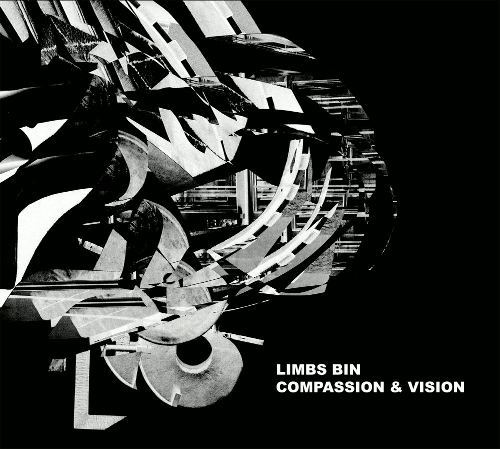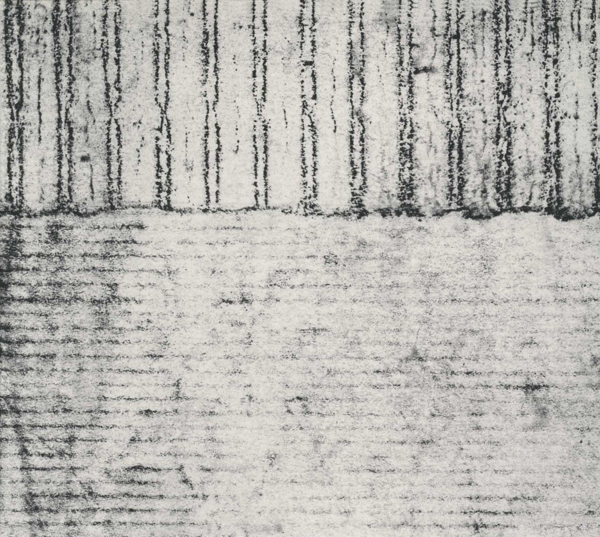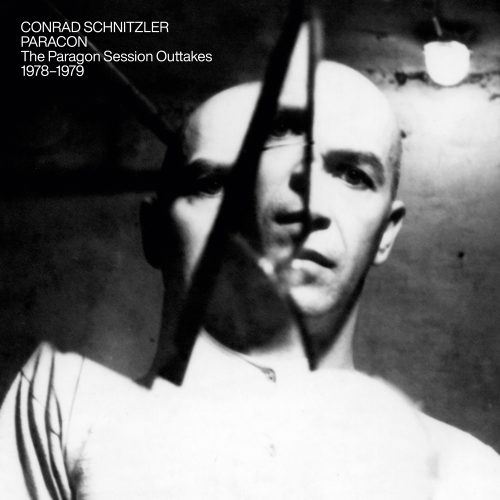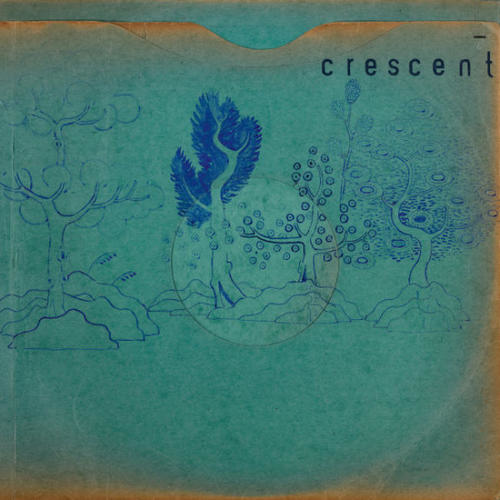 Prince Rama‘s ecstatic mantra-core would have smacked of mere exoticism hailing from any other clime than the Florida Hare Krishna community where this trio met. What we hear in their Shadow Temple album, more so than any of their previous releases, is an expression of a domestic American syncretic Hinduism, which embraces a core Saivism that is at first glance at odds with the Vaishnava Krishna-bhakti we might have expected. Meanwhile thundering out of the local spirit realm a distinctly Vedic Indra is gelded by a bizarre cowboy Mithras, and all of this before we even contemplate the cosmic repercussions of the Bodhisattva Avalokitasvara making out with Guru Nanak. That this is pursued with such vigour and intensity across the eight petals of Prince Rama’s temple with fiery budget-synthesiser action, tom-heavy drum cycles and the occasional grunted metric chug of drop-tuned guitar is all to the good. But it is their echo-laden chanting that lifts this above the next gang of hooded doomists. In their own words, these are “logarithmic forms that spiral in towards infinite time.” An architecture of utopia.
Prince Rama‘s ecstatic mantra-core would have smacked of mere exoticism hailing from any other clime than the Florida Hare Krishna community where this trio met. What we hear in their Shadow Temple album, more so than any of their previous releases, is an expression of a domestic American syncretic Hinduism, which embraces a core Saivism that is at first glance at odds with the Vaishnava Krishna-bhakti we might have expected. Meanwhile thundering out of the local spirit realm a distinctly Vedic Indra is gelded by a bizarre cowboy Mithras, and all of this before we even contemplate the cosmic repercussions of the Bodhisattva Avalokitasvara making out with Guru Nanak. That this is pursued with such vigour and intensity across the eight petals of Prince Rama’s temple with fiery budget-synthesiser action, tom-heavy drum cycles and the occasional grunted metric chug of drop-tuned guitar is all to the good. But it is their echo-laden chanting that lifts this above the next gang of hooded doomists. In their own words, these are “logarithmic forms that spiral in towards infinite time.” An architecture of utopia.
The opening cut, “Om Mane Padme Hum,” drops us straight onto the jewelled lotus of Avalokiteshvara. Sister Nimai’s drum panorama and the buzz harmonics of Michael Collins‘ Korg build storey upon storey a sandy temple of the winds, a key element throughout this album, while Sister Taraka‘s dharmic howls reign supreme over the upper registers. But it is with “Om Namo Shivaya” that the Ramas blast out of the standard drone territory into something far more complex and many-limbed. It’s dark yogic thrash-chug, opening out onto paved vistas of moonlit temples and an almost Rick Wakemanesque video game theme circa 1983.
The ass-kicking returns with the persuasive percussion and bravely rudimentary riffing of “Thunderdrums.” Remember that wind element, it is always with us. Indra is carried across Buffalo-littered plains on a platter of cheese-synth to die for. And after the thunder comes “Storm Worship.” Well, of course it does, doesn’t it? Nimai’s drumming takes on the plash of dark heavy rains. The next part of our journey, “Lightening Fossil,” is a remake of the track of the same name on their Zetland album. A cosmic opera that wouldn’t be out of place in Yeti-period Amon Duul II, but flock-wallpapered with more of Collins’ Korg. It’s Clark Ashton Smith on toast. Seriously.
With “Mythras” we see the Ramas breaking into their stride: Joseph Campbell in a pizzeria in pre-Christian Britain. Reminding us of nothing so much as Liverpool’s finest Kling Klang: the deployment of the buzz synth, the growling guitar undertow and the rolling undercarriage of percussion, but more ritualistic than anything that Kling Klang have ever dabbled in. The archetypal waters are muddied further with “Satt Nam,” a chant associated with the Sikh notion of the oneness of divinity and the declaration of the divine name. Rhythmically the chant is more fragmented than anything we have had from them in this album so far, breaking up the drone orthodoxy of the structure. And then we are brought back into the fold with the closing track “Raghupati,” in which the divine Sita and Rama are praised. Well, naturally: this is the home territory for the band and the beautiful triumphal arrangement carries us through peacock feather bedecked halls of rainbows. As a historical side note: this bhajan was sung by Gandhi’s followers on the Satyagraha march which triggered the Indian Civil Disobedience Movement. The mystical is the practical. The religious and political realms intertwine.
Prince Rama, sometimes of Ayodhya, are playing a cosmic music that most critical appraisals will misjudge as merely psychedelic. And this from three drug-free kids growing up independent in the third generation after the Indian colonisation of the hippy spiritual landscape of North America. This reviewer is reminded of another gang of divine celebrants of a quite different stripe: The Danielson Famile. That religious music should be revitalised in the West in contemporary terms, and such joyfully syncretistic terms against the growing dogmatism of the Christian Right, is a gaudy multi-coloured beacon of hope.
-Iotar-



